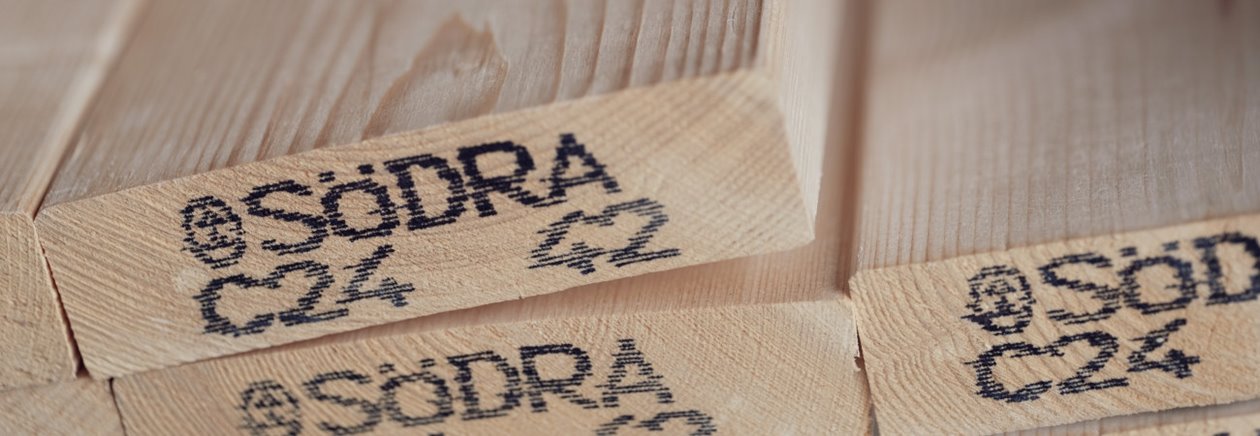Challenges in the timber market: Demand is dampened by economic uncertainty

Two conflicting forces can create balance and the market for wood as we approach the end of another year is a very good example of this.

Interest rates, the cost of living and uncertainty continue to hold back demand. People are reluctant to buy houses when prices are either falling or expected to fall and this inevitably affects the rate at which houses are built. There is some refurbishment activity, but customers are feeling the financial squeeze so are spending less and postponing projects. The economic situation is turbulent and hard to predict, and we anticipate subdued demand for the next two quarters. The uncertainty has also led many customers gradually to reduce their stock holding to a minimum during autumn. In 2024 many of them will need to restock to be able to serve their customers’ needs.
All of this would create a classic scenario for an over-supplied market. Yet owing to tight log supply, the market actually finds itself in quite a balanced demand/supply situation.
Södra Wood is reliant on supply from our members, and in a normal market we have more supply of sawlogs than we consume ourselves in our sawmills, but just now there are not enough logs for us to run our sawmills at full capacity.
The origin of the reduced log supply is the preventative harvesting over the past few years to contain the bark beetle, which is not restricted to Sweden – indeed in British Columbia capacity has been gradually scaled back of a period of more than 10 years for the same reason and in Central Europe the bark beetle damage has been a lot more severe than in Sweden. It means some forest owners in Sweden are reluctant to harvest any more for now and prefer to manage their forests through thinning for example. This is fine for pulp production but not so useful for construction timber. Read the “Manage the Flow” article in this newsletter for details of how we are encouraging our members to increase log supply.
Looking beyond the horizon, various sources predict global demand for timber to increase by 2.8 percent annually in the near term. Drivers include an increase in housing starts in the US and the continued need for more housing in our main market, Europe, which builds pent-up demand during slower periods such as the one we are living through now.
So while demand is temporarily subdued and log supply is also lower than usual, long term and globally, both demand and supply are expected to recover.
May I take this opportunity to wish you all a happy and healthy festive season with peace and prosperity in 2024.

Show all content for topic
Subjects:
